Underbite
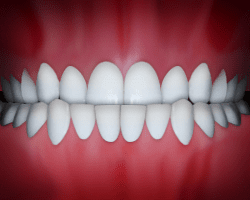
An underbite is characterized by the lower jaw extending too far out, causing the lower front teeth to sit in front of the upper front teeth.
Crossbite
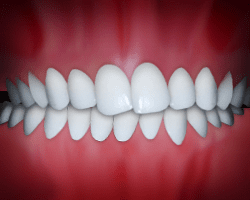
This malocclusion occurs when the upper teeth sit inside the lower teeth, which may cause tooth stratification and misaligned jaw growth. In order to close the mouth, patients usually move their lower jaw forward or to the side when closing. This incorrect bite results in an improper use of the lower jaws and sometimes brings about facial
Upper Front Teeth Protrusion

The appearance and function of your teeth are impacted by this type of bite. It is characterized by the upper teeth extending too far forward or the lower teeth not extending far enough forward.
Overbite

The upper front teeth extend too far out over the lower front teeth, sometimes causing the lower front teeth to bite into the roof of the mouth. Problems often associated with an overbite include a “gummy” smile, protruding lips, and excessive incisor wear.
Crowding
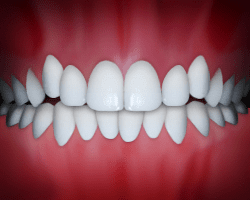
Crowding occurs when teeth have insufficient room to erupt from the gums. It is the most common reason for braces. Not only is crowding unattractive but it has also been linked to periodontal problems and dental decay because it is harder to clean overlapping teeth surfaces.
Spacing
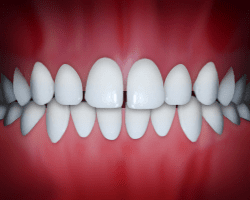
Spacing problems may be caused by missing teeth, or they may only be a cosmetic or aesthetic issue. Spacing is another popular reason for braces. The opposite of crowding, spacing is most commonly caused by excessive jaw room for the size of the erupting teeth.
Openbite
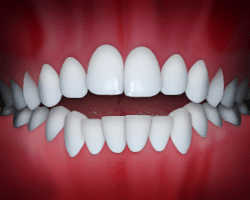
Proper chewing is impacted by this type of bite, in which the upper and lower front teeth do not overlap. Openbite may cause a number of unwanted habits, such as tongue thrusting or thumb sucking. An early evaluation and intervention is essential in correcting an openbite.
Dental Midlines not Matched

Dental midlines that do not match are evident when the back bite does not fit and match appropriately. This may negatively impact jaw function and proper dental function.